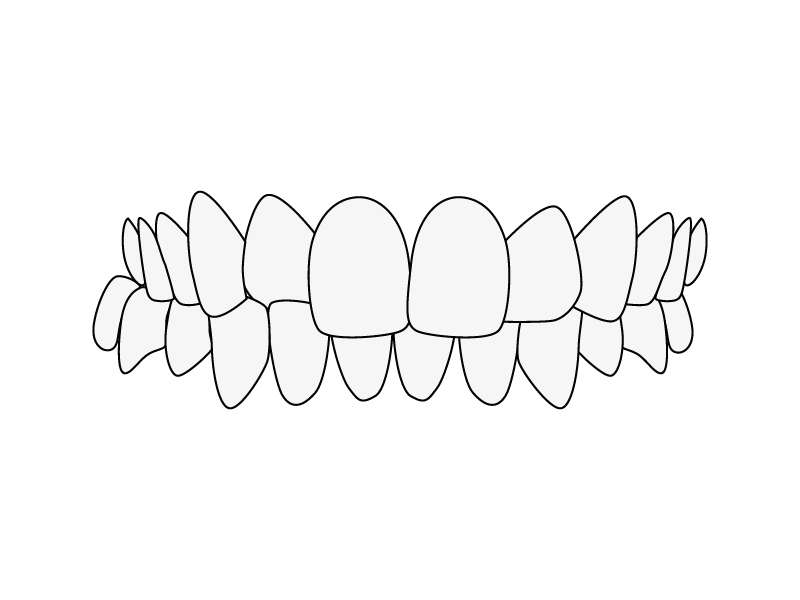Teeth misalignment: crossbite
Causes, effects and treatment of misaligned teeth
Am I eligible?

Few people know how much their own dental health contributes to their overall well-being. Misaligned teeth like crossbite can have both physical and psychological effects on us. Tooth correction makes sense not only for aesthetic reasons, but also to avoid the negative effects of any kind of misalignments.
What is a crossbite?

Crossbite is when the posterior teeth do not close correctly when biting down. This means that the posterior teeth of the upper jaw are either too far in towards the upper palate or the posterior teeth of the lower jaw are too far out towards the cheek.
Crossbite occurs very frequently compared to other misalignments. There are three types of crossbite:
Head bite
Normally, the cusps of the molars mesh perfectly when biting. The upper incisors almost completely hide the lower incisors when they bite together. In a head bite, however, the cusps of the molars and the edges of the front teeth meet and thus a misaligned bite occurs.
Unilateral crossbite
As the name suggests, the bite is only misaligned on one side, while the teeth of the upper and lower jaw on the other side clench correctly. The unilateral crossbite often occurs in connection with tilted teeth.
Bilateral crossbite
In a bilateral crossbite, both sides of the teeth are affected and the teeth of the upper and lower jaw do not clench correctly. Usually a narrow upper jaw is responsible for a bilateral misalignment.
What are the causes of a crossbite?
In most cases, crossbite is caused by a muscle imbalance in the mouth. One reason for the difference jaw sizes is due to teeth emerging either too early or too late. If the tongue does not adequately support the growth of the upper jaw, growth disorders occur, and this can lead to a crossbite. A cleft lip and palate can also cause a crossbite because the upper jaw cannot grow properly due to scarring. In rare cases, crossbite is also hereditary or can be caused by external factors such as accidents or sucking on the thumb for a long period of time.
Negative effects of a crossbite
The effects of a crossbite should not be underestimated. If it is not treated, it can lead to both physical and psychological problems. With a unilateral crossbite, one side of the jaw is strained. This can lead to joint pain and problems chewing. If this form of crossbite is very pronounced, the facial proportions also shift, which leads to a visually imbalanced face and can ultimately also cause psychological problems due to impaired aesthetics. Furthermore, breathing through the nasel can also be impaired due to the excessively narrow jaw. In addition, speech and eating disorders can occur, due to the incorrect proportion between the upper to the lower jaw, the tongue motor function is also disturbed, which in many cases causes a lisp. In general, the imbalanced and one-sided strain on the jaw can lead to tension, neck pain, migraines and premature wear of the joint and teeth. In order to rule out long-term complications, a crossbite should be treated as early as possible.
Crossbite should be treated
Early treatment is very important for a crossbite and can prevent serious complications. The best time to treat a crossbite is during childhood, as the jaw is still growing and it is easier to adjust. Since a crossbite is usually caused by a upper jaw that is too narrow, it is important to enlarge the upper jaw by treatment. In children, this is often achieved with loose or fixed braces. Other options are activators, various active plates, palatal expansion devices and quadhelixes. If the misalignment is detected very late and there are severe sequelae such as problems with speech development, additional therapies such as speech therapy can also be useful.
Crossbite in children
The misalignment is best treated during childhood, as the jaw is still growing and it is easier to adjust. Since a crossbite is usually caused by upper jaw that is too narrow, it is important to enlarge it through treatment. In children, this is often achieved with loose or fixed braces.
Crossbite treatment in adults
In adults, treatment can be more complex depending on the extent of the misalignment and may require orthodontic surgery. If you suffer from tension or pain in the jaw joint, you should definitely have it examined by a dentist to see whether you have a crossbite in order to prevent further complications. The treatment options for adults are as follows:
Braces for minor crossbite
In the case of a minor misalignment of the teeth, treatment with braces is often sufficient. DrSmile aligners in particular are great for treatment in adults, as they are almost invisible and thus rarely affect everyday life. In addition, the costs of treatment with clear aligner are significantly lower compared to fixed braces. The duration of treatment is also shorter, depending on the complexity of the misalignment. Minor cases can be treated within a few months. If the traction of the aligner is not sufficient, a crossbite can also be treated with the help of fixed braces. You can easily determine whether you are suitable for aligner treatment by means of a suitability test.
Surgery for complex crossbite
If the jaw misalignment is too pronounced and even the facial symmetry is affected, then an orthodontic operation is generally required. In such cases, braces are unfortunately no longer sufficient and would only remedy the symptoms but not the cause of the crossbite. During an operation, the jaw is surgically widened by means of a palatal expansion.
Does my health insurance pay for the treatment?
Statutory health insurance subsidizes treatment to fix crossbites in both children and adolescents. This has been specified in the index of orthodontic treatment need (IOTN). The degree of the misalignment does not affect the coverage for children and adolescents. For adults, the coverage depends on the degree of misalignments. Please consult your health care provider for more information